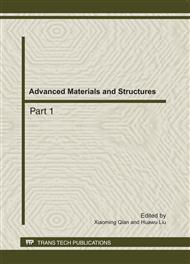p.23
p.28
p.32
p.36
p.40
p.44
p.49
p.54
p.58
Illumination Control System and Drive Design of Large Power LED Lights
Abstract:
In view of the LED lights' high efficiency property, compared to the common driving circuit of large power LED, ARM microprocessor and Buck-Boost power converter are used to design the high efficiency LED lights' driving circuit. At the same time, PID adjustment mode is applied to realize Illumination control of the high efficiency LED lights, which improves the adjustable speed of the system and reduces the power loss. According the principle of design, experiment platform is rebuilt. Tests to the different kinds of lamps indicate that the driving is stable and realizes the Illumination setting and automatic Illumination adjustment.
Info:
Periodical:
Pages:
40-43
Citation:
Online since:
September 2011
Authors:
Keywords:
Price:
Сopyright:
© 2011 Trans Tech Publications Ltd. All Rights Reserved
Share:
Citation:


